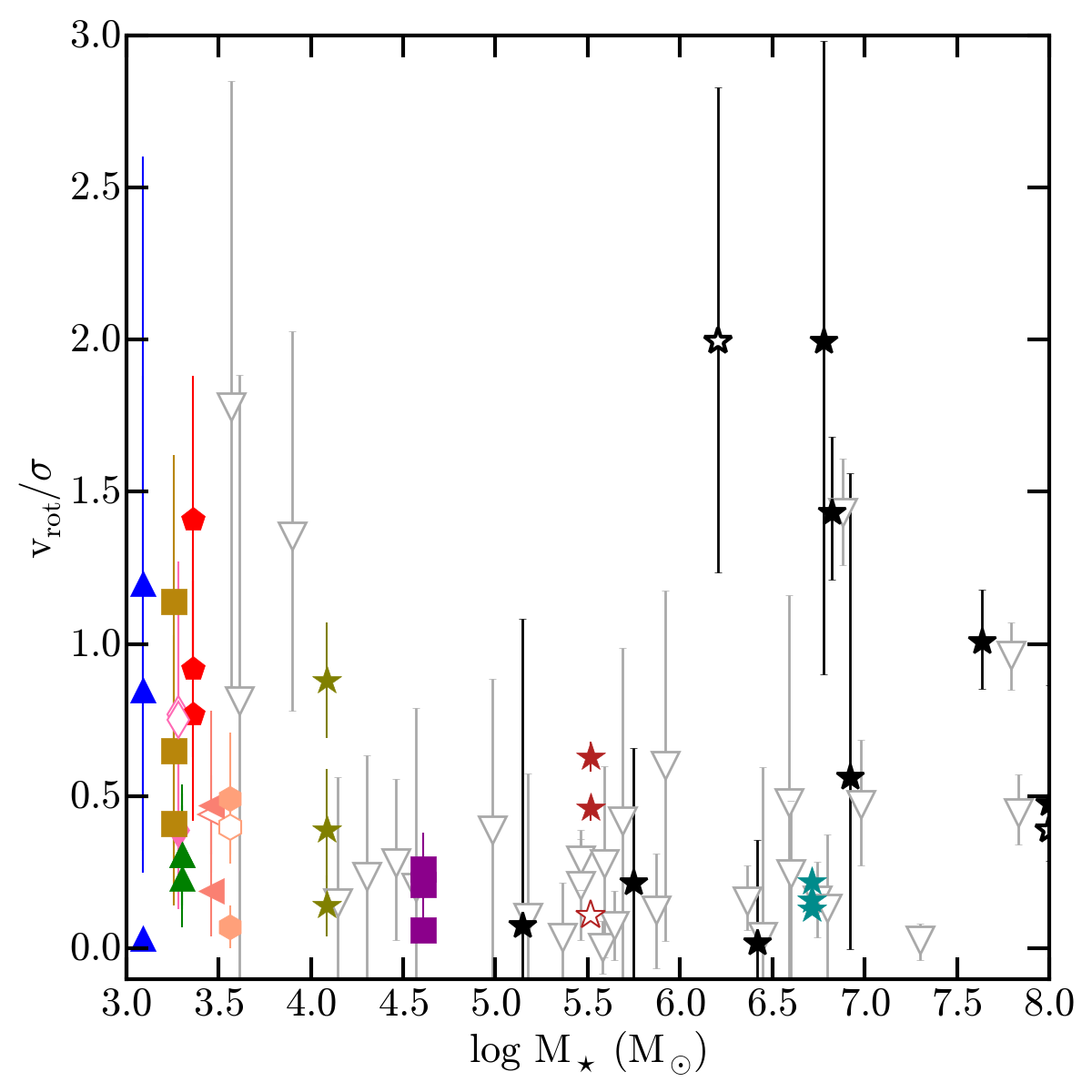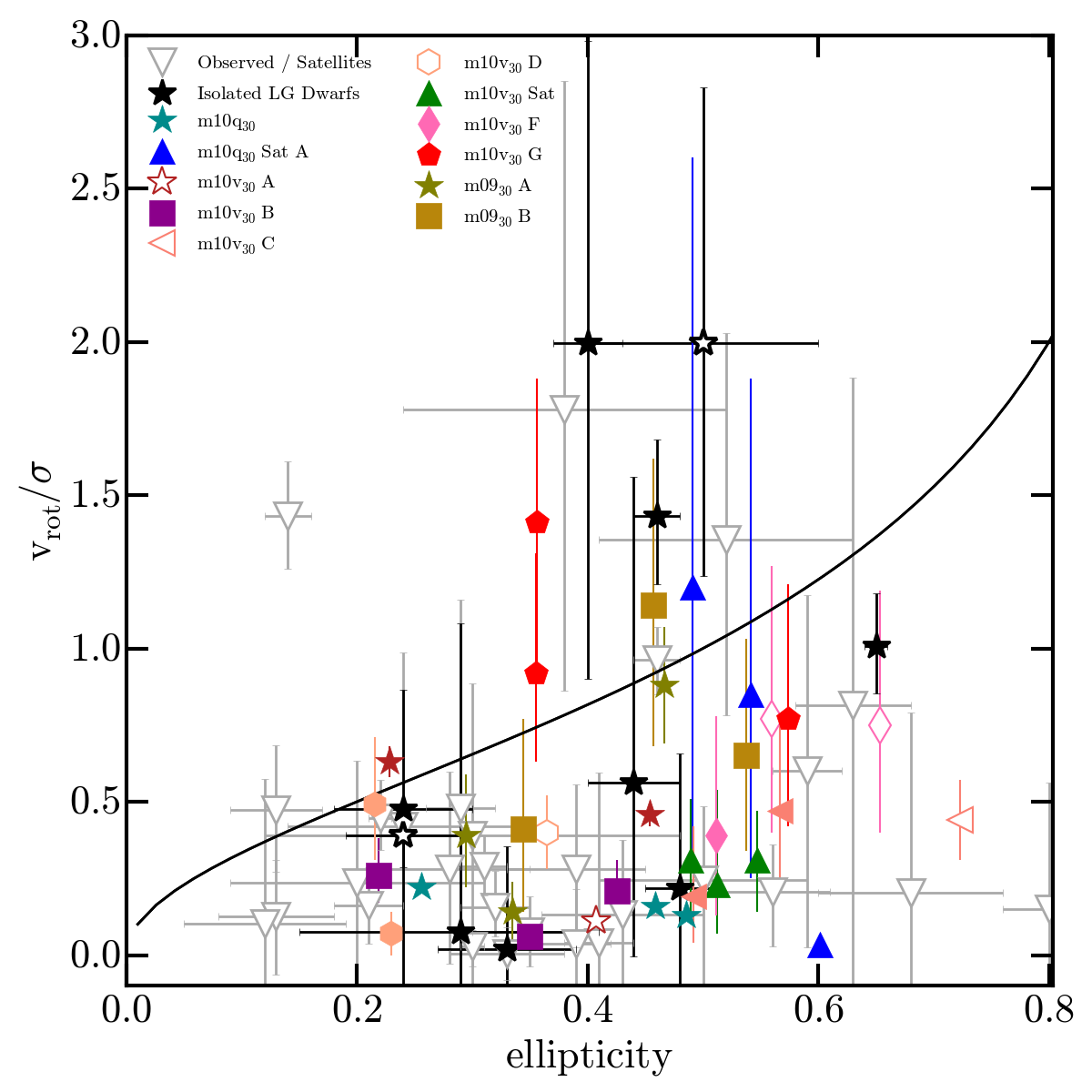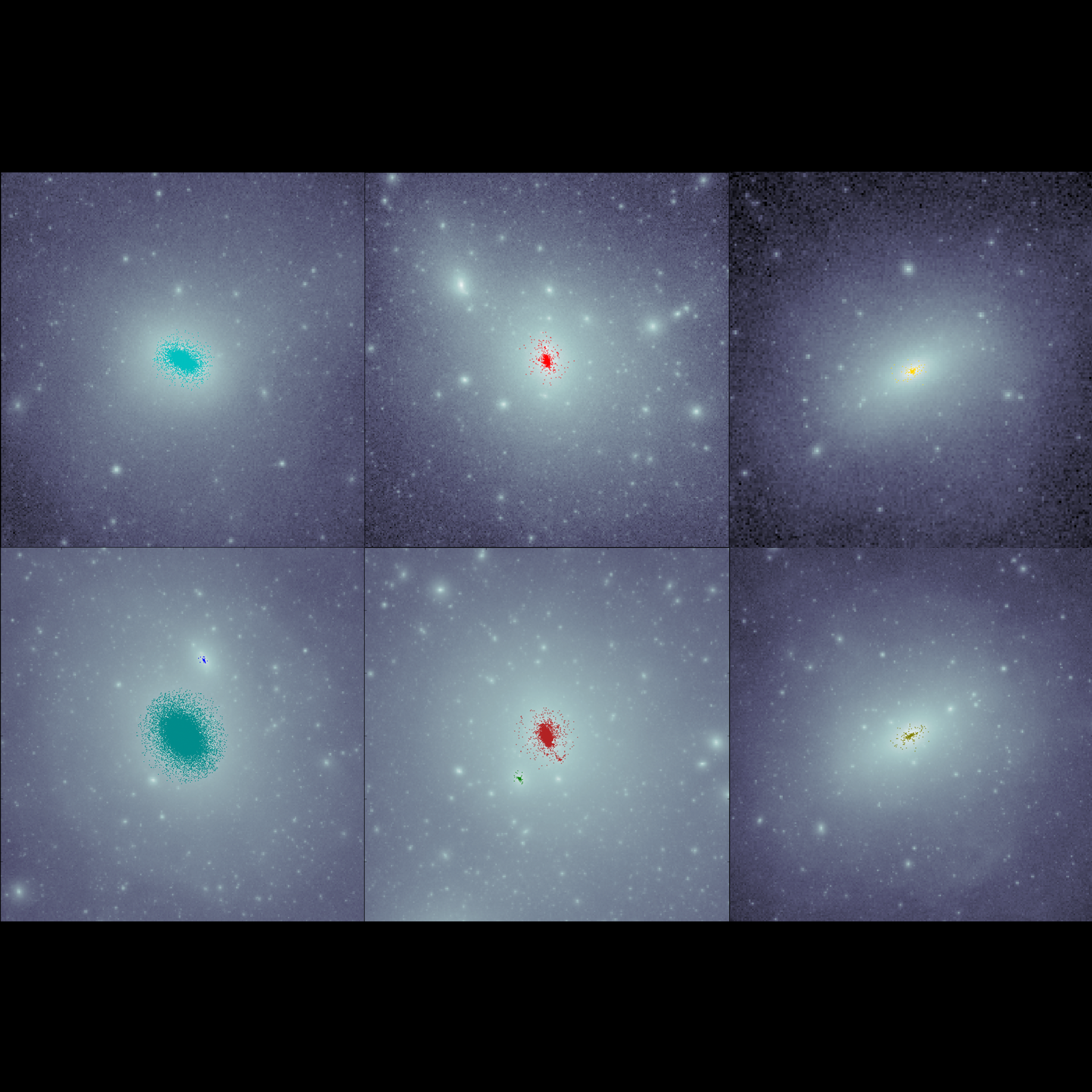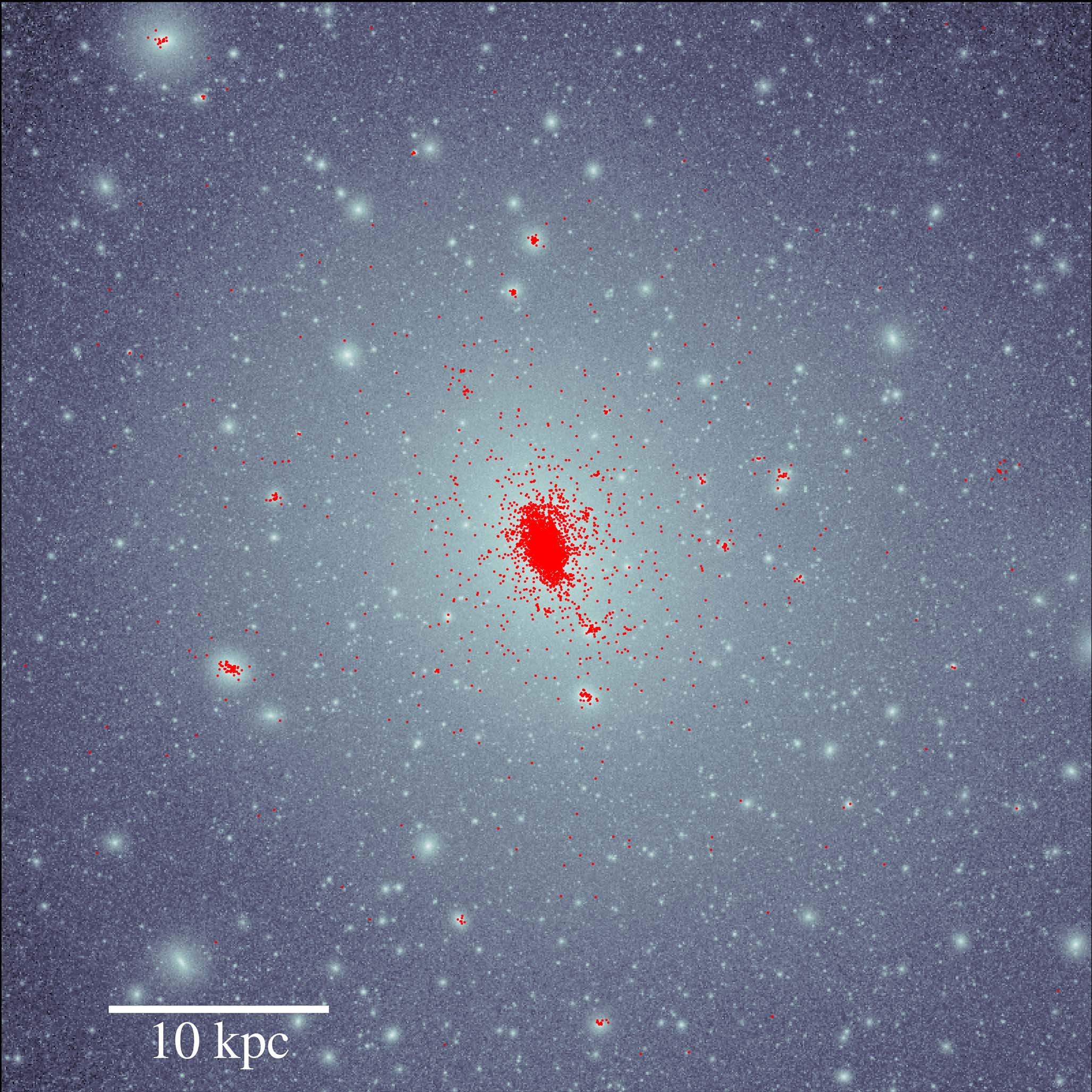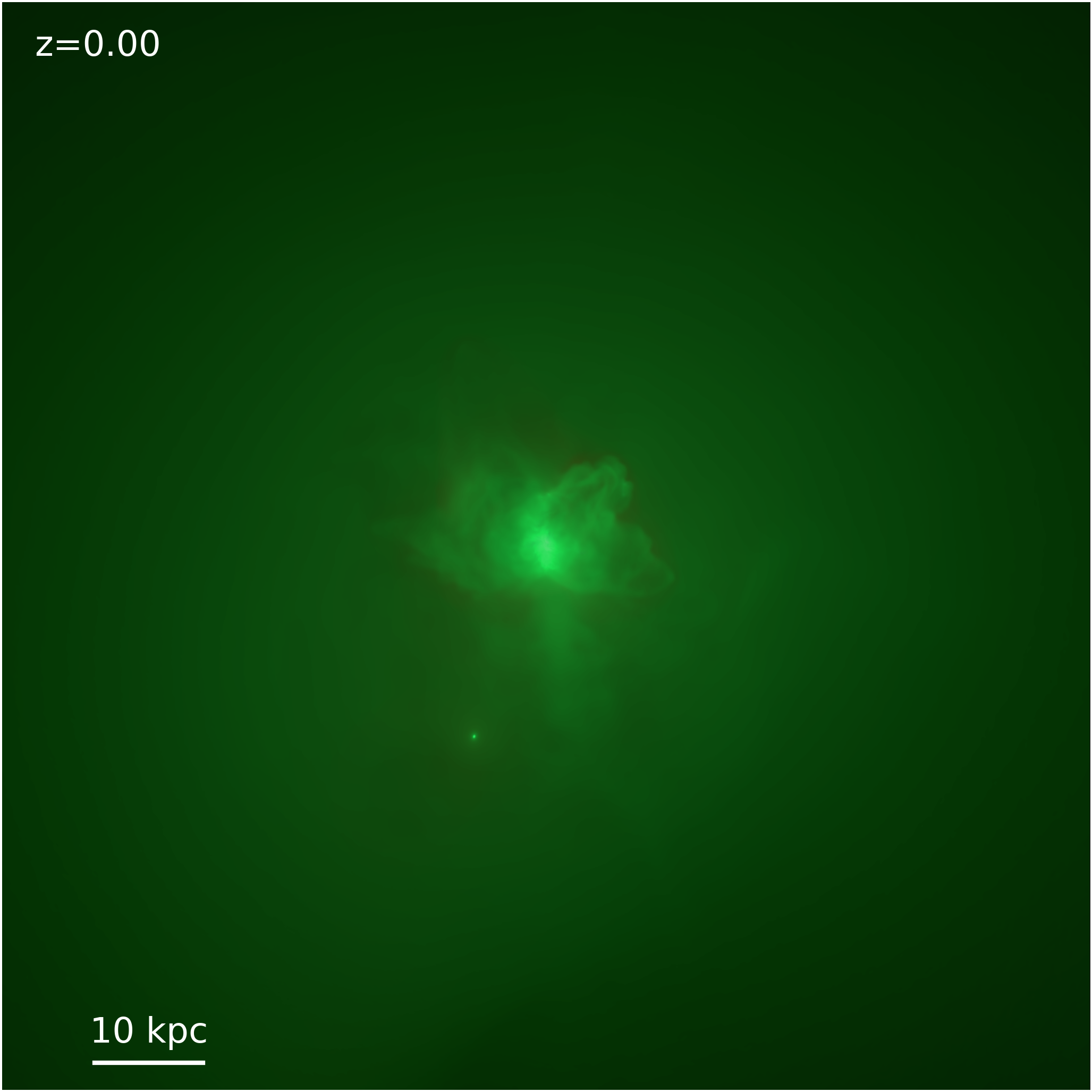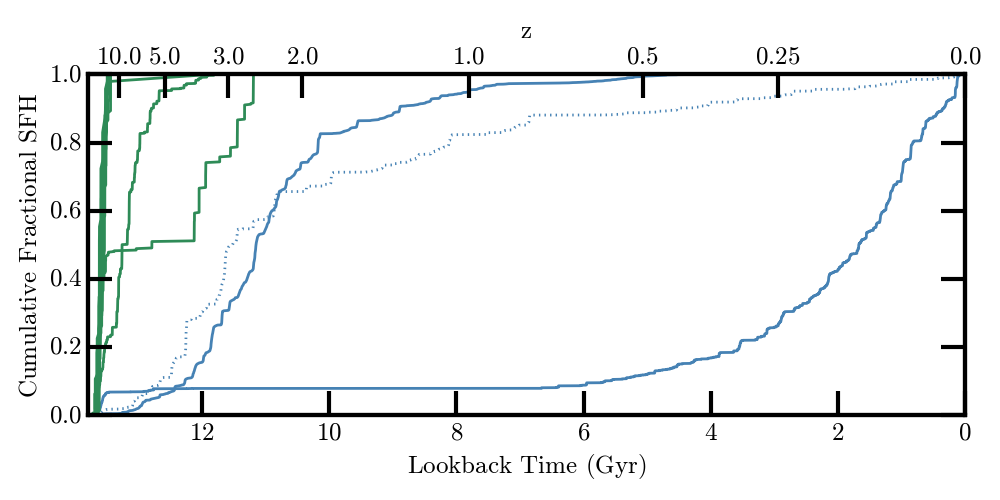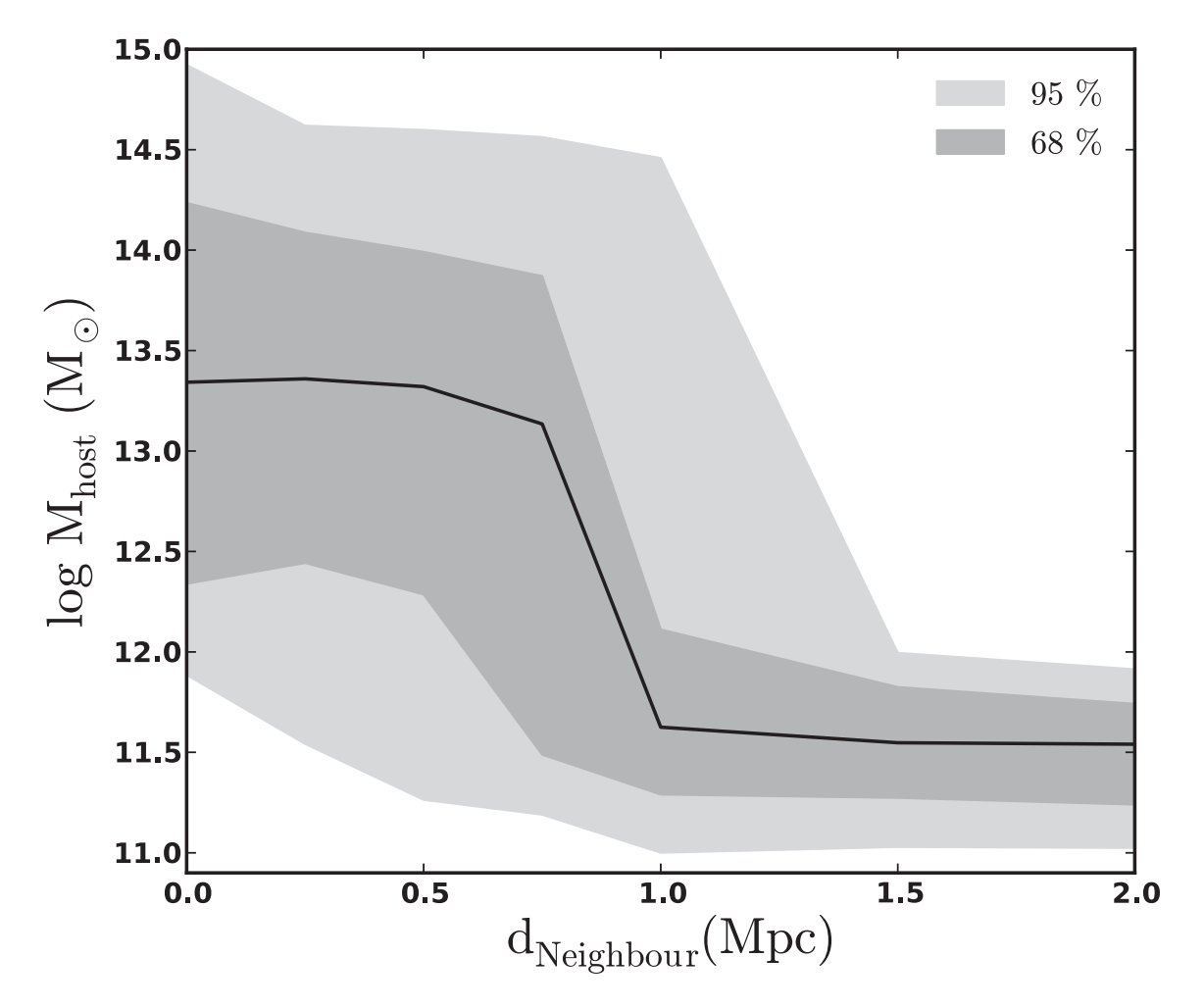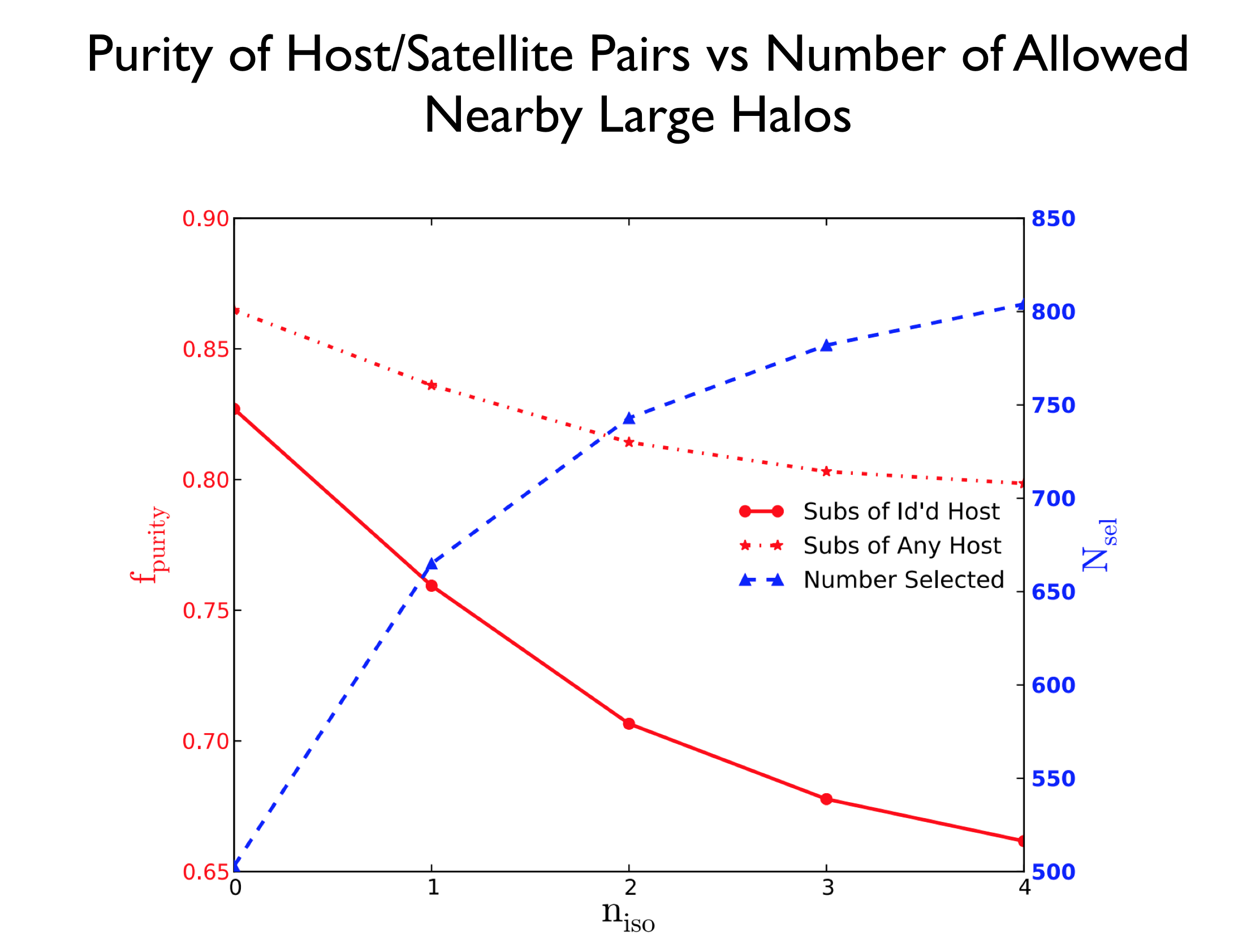My current research primarily focuses on running and analyzing cosmological hydrodynamic simulations of dwarf galaxies (and their interactions with massive hosts) with the goal of understanding how galaxies form and evolve, learning how star formation shapes and is shaped by galaxy properties, determining the effect of reionization on the early Universe, and testing the standard cosmological model, Lambda Cold Dark Matter Theory (LCDM). LCDM has been widely successful in predicting the counts, clustering, colors, morphologies, and evolution of galaxies on large scales, as well as a variety of cosmological observables. Despite these successes, several challenges have arisen to this model in recent years, most of them occurring at the smallest scales — those of dwarf galaxies. Therefore it is the study of the tiniest galaxies in the Universe (Mstar < 10^5 Msun) — made more accessible by the large number that have been recently discovered by the latest generation of surveys and telescopes — that best promises to yield answers (and even more questions!) about the nature of dark matter, star formation and destruction, how all galaxies form and evolve, and the Universe itself.


